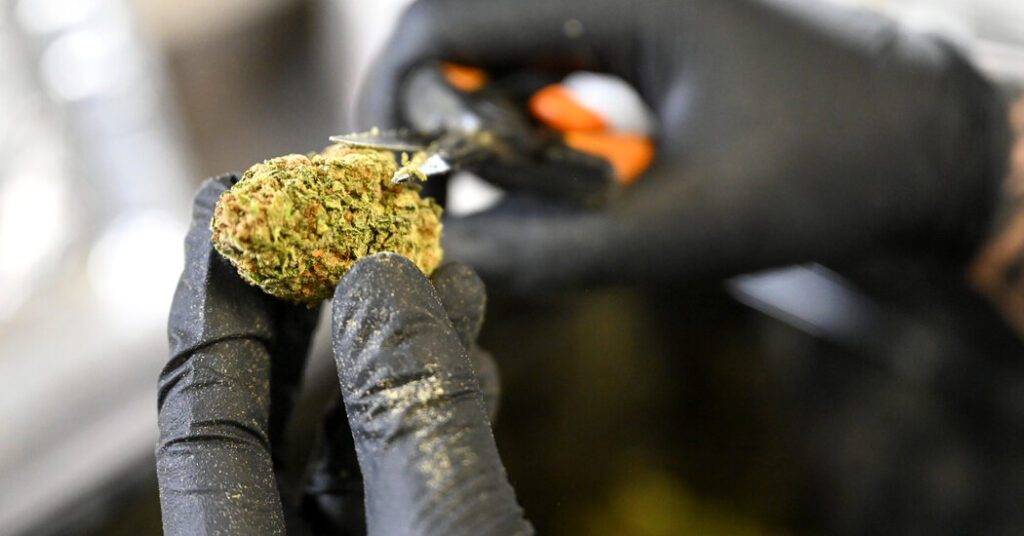The Biden administration took steps Thursday to downgrade marijuana from its most restrictive drug category.
The proposed rule, filed in the Federal Register, includes a 60-day comment period and begins a lengthy approval process before it takes effect.
The proposal would move marijuana from Schedule I to Schedule III, signaling a major shift in the federal government's view of marijuana, even if it is not legalized. Although its classification as one of the most dangerous and habit-forming substances has long drawn criticism, the drug's reclassification suggests that the drug has some medicinal value and has a low potential for abuse. This means that it has been recognized by the federal government.
The controlled substance category determines production volumes, access, research, and legal implications. Some experts argue that tobacco and alcohol, which are not included in any of the five controlled substance categories, should be included in Schedule I because of their demonstrated high risk of abuse and addiction. There is.
In a recorded video, President Biden hailed the step as “monumental.”
“Too many lives have been upended by our failed efforts on marijuana, and I am committed to righting those wrongs,” Biden said. “You have my promise.”
Here we look at five categories or schedules that include some of the drugs in each designation. Opioids are classified into all five schedules, depending on the exact drug.
Schedule I
The federal government classifies these drugs as having no currently accepted medical use. They also say these drugs have a high risk of abuse. Marijuana has been included in this category, along with drugs such as heroin, LSD, ecstasy, and magic mushrooms.
Schedule II
The government says substances in this category have a high risk of abuse but have some medical value. This includes painkillers such as cocaine, methamphetamine, Vicodin, OxyContin, and fentanyl. Dexedrine, Adderall, and Ritalin are most commonly prescribed to treat attention deficit hyperactivity disorder.
Lawmakers on Capitol Hill are trying to push fentanyl into stricter classification, as it is a leading cause of death in the country. But Keith Humphreys, a drug policy expert at Stanford University, said doing so would have a negative impact on surgical patients because fentanyl is one of the best anesthetics. It also would not address the illegal production of fentanyl, which is responsible for the overwhelming number of fentanyl-related deaths.
Schedule III
These drugs are considered to have a low to moderate abuse risk, including codeine, ketamine, anabolic steroids, testosterone, and ultimately Tylenol, which contains marijuana. This category of drugs is not subject to federal income tax rules that have hindered producers in states where marijuana is legal. By law, manufacturers of pharmaceutical products in the top two categories cannot receive tax exemptions for business expenses such as rent, employee salaries, and utilities to support their operations.
Until 2014, hydrocodone combination products (such as Vicodin) were most often prescribed as painkillers and were considered Schedule III drugs. However, the Drug Enforcement Administration changed this policy in an effort to curb prescription drug abuse, which was rampant across the country at the time.
Schedule IV
This group of drugs is considered to have a low risk of abuse and addiction and requires a prescription. These include anti-anxiety drugs such as Xanax and Valium. muscle relaxants; and lower grade painkillers like tramadol. The sleeping pill Ambien also falls into this category.
Schedule V
Although these are considered the lowest risk drugs, they still require a prescription. Examples include certain cough suppressants, diarrhea medications such as Lomotil, Motofen, and Parepectrin, and the antiepileptic drug Lyrica.

